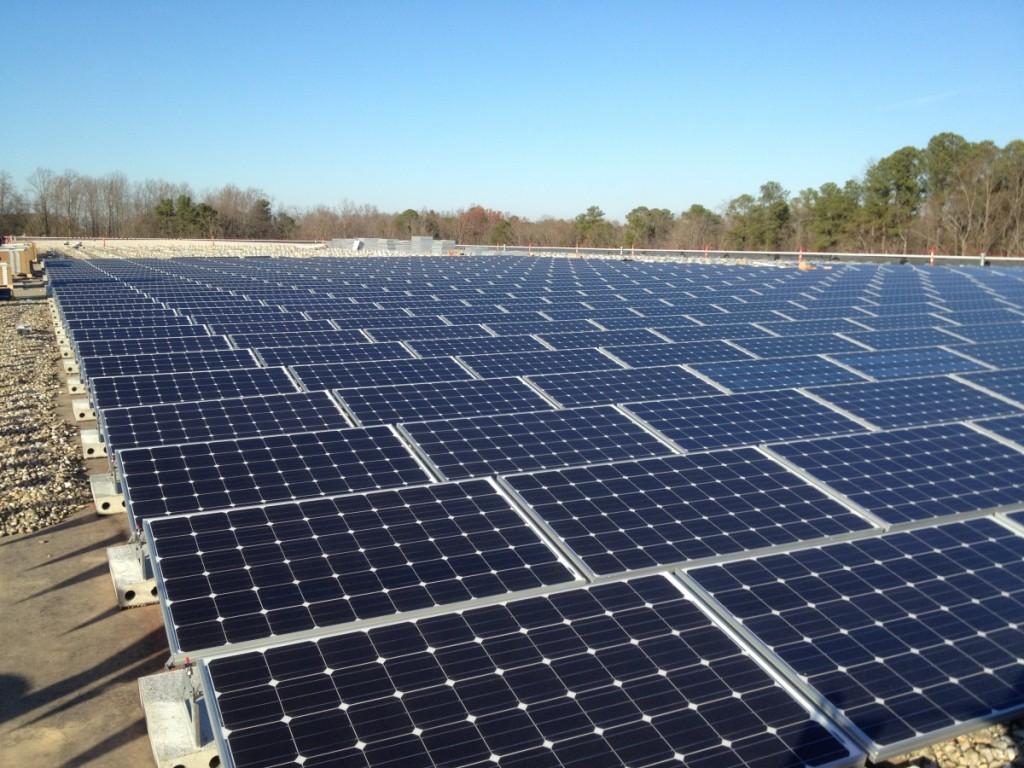“Community Solar” projects are popping up all over the United States, providing large amounts of centrally-located, clean, renewable solar generation to utility customers in the area. On the surface, this would appear to be a great step forward for solar. But, there’s a catch.
All solar generation that displaces old, dirty fossil fuel generation provides an environmental benefit and provides jobs in the community. But when it comes to economics, not all solar is created equal. Community solar “gardens” or larger community solar “farms” are a great way for homeowners and businesses to participate in the clean energy revolution without making the up-front investment in the equipment. They can also allow wider participation by providing solar energy to apartment dwellers, renters and other people for whom owning a solar photovoltaic (PV) system is just not practical. However, the ownership structure and regulatory guidelines under which these solar projects are built can make them not a truly “community solar” project, but rather a cover for large utility companies who wish to maintain their monopoly over the community electrical market.
One such project is currently coming under fire in Michigan. Consumers Energy Company is proposing a 10 MW community solar program that would be spread out among several facilities, each at 500 kW or more. Full-service customers would be able to subscribe to the pilot program and receive a bill credit in proportion to their contribution for energy, capacity and renewable energy credits produced at a facility. On the surface, this would appear to be a boon for the Michigan solar industry. However, a coalition of renewable energy advocates, including the Environmental Law and Policy Center, the Ecology Center and the Great Lakes Renewable Energy Association fear that Consumers’ proposal would “monopolize” the community solar market, as the utility seeks to prevent independent third parties from developing projects within its service territory.
Consumers Energy is Michigan’s second-largest electric and natural gas utility, providing service to more than half of the state’s residents in all 68 counties in the Lower Peninsula. Consumers Energy is the principal subsidiary of Jackson-based CMS Energy Corporation. Consumers proposed 10 MW community solar pilot program would be the first program of its kind from one of the two major investor-owned utilities in Michigan. However, the Consumers Energy proposal would not allow third-party development of community solar projects, only projects built and owned by Consumers. This would virtually eliminate any chance for private development of solar, or any opportunity for free choice on the part of the consumer.
Brad Klein, staff attorney with the Chicago-based ELPC, said shutting out third parties is a “major issue.”
“It’s sort of a larger theme as utilities are thinking about different ways to move into the solar market,” he said. “We think having different options for customers, different types of programs other developers can offer, would provide a lot of public benefit. It helps provide accountability about pricing — friendly competition is also good for customers.”
Why do utility companies object to allowing private ownership of solar generation in their service territories? After all, in many cases, utilities buy power from lots of third party generators. According to a recent story at the PVSolarReport: “Most utilities see a solar array on a customer rooftop the same as they see an energy efficient refrigerator. It means the customer buys less electricity. In some states, policies called “decoupling” tend to hold utilities harmless to these sales losses in order to encourage more investment in cost-effective energy efficiency. But with solar, utilities tend to ignore the benefits that this energy provides to the electricity system unless someone tells them to account for it.
In Minnesota, for example, the state legislature passed a “value of solar” program that requires the state’s largest utility, Xcel Energy, to calculate how much solar energy is worth to its grid. In 2014 and 2015, the utility has reported that the value of solar energy is higher than the cost to the utility in buying it from customers via net metering. Other studies have shown similar results, including one in Maine, in Missouri, and in many other states.”
Some utility-based “community solar” programs are truly community-owned projects, however. The tiny, member-owned Farmers Electric Cooperative, based in Frytown, Iowa has developed a 750-kilowatt solar farm on nine acres. It is be the single largest solar energy project in the state.
“This is part of our Cooperative Energy Plan to cut outside energy purchases by 25 percent,” said Warren McKenna, who manages the co-op, which serves 640 members. Farmers Electric Cooperative is located in the heart of Iowa’s Amish country, and the co-op has embraced solar on every scale, from the giant community solar farm, down to providing off-grid solar power to small telephone kiosks used by the areas Amish farmers.
Of course, successfully replacing 25% of generation with locally produced solar is going to be easier on a small scale, like that illustrated by Farmers Electric, than for Michigan’s energy giant Consumers Energy, but the principle holds true on every scale. Embrace the new, clean technology that customers want, allow them a choice of products, and sell it to them at a reasonable cost.







